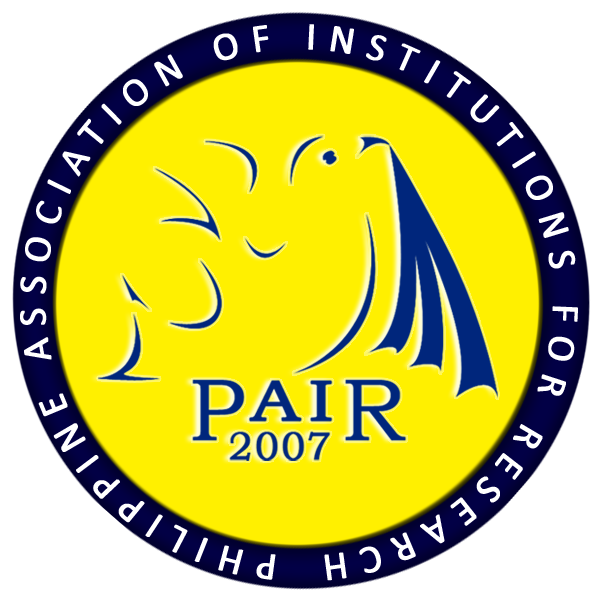Programmed Learning Sequence and Instructional Module: Their Acceptability and Effectiveness in Teaching Plane Geometry
DOI:
https://doi.org/10.7719/irj.v1i1.204Keywords:
Mathematics Education, Programmed Learning Sequence, Instructional Module, Quasi Experimental Design, Counter Balanced, Matched Group Design, PhilippinesAbstract
The search for innovative teaching approaches has gained popularity in educational research. The study aimed to determine the acceptability and effectiveness of the Instructional Module (IM) and Programmed Learning Sequence (PLS) in teaching plane geometry. Quasi experimental design, specifically the Counter Balanced with Matched Group Design was adopted. The study was conducted in a State University in the Northern Philippines, during the summer term of 2011. Two sections with more than 40 students each were the source of respondents. Students were matched based on their average grade in Math1 and Math 2 creating two matched groups of 35 subjects each. The first group was taught using IM for the first set of topics then PLS in the second set of topics. The second group was exposed to PLS first and then followed by the IM. The study noted improvement in the math achievement of the students exposed to IM and PLS. However, neither of these two methodologies could be said better than the other. In addition, these teaching methods were fully accepted by the students to use. Hence, IM and PLS are advisable to be adopted by the teachers teaching geometry classes though, some features of PLS like the integrated activities are more acceptable than IM.
References
Acelajado, Maxima. (2005). “The modular teaching approach as intervention”
Downloads
Published
Issue
Section
License
Copyright (c) 2013 Julius S. Valderama

This work is licensed under a Creative Commons Attribution-NonCommercial 4.0 International License.









